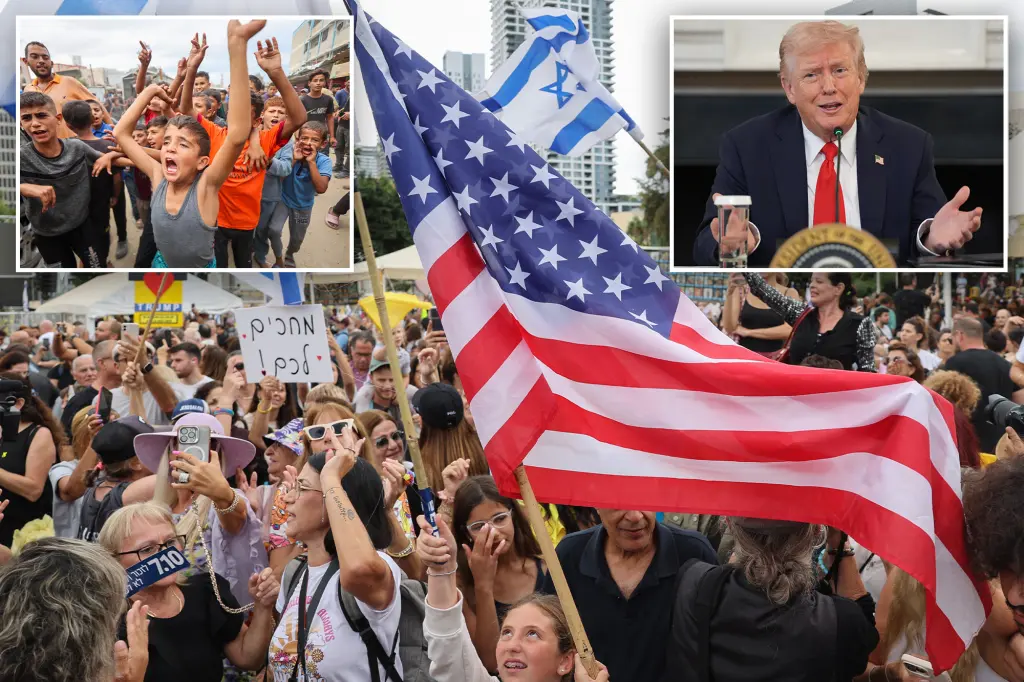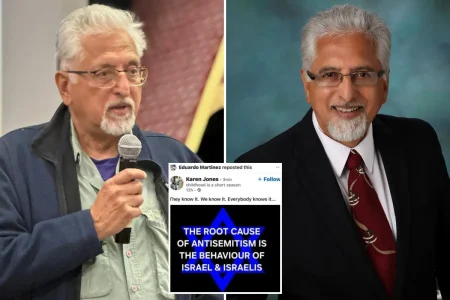Trump Plans Middle East Visit as Israel-Hamas Cease-Fire Takes Effect
In a significant diplomatic development, President Trump revealed to The Washington Post his plans to visit the Middle East this coming Sunday evening, following the successful negotiation of a cease-fire between Israel and Hamas. Speaking shortly after the fighting ceased in the two-year conflict, Trump expressed optimism about the future of the region, describing the current period as “a great time for Israel and the Middle East.” This visit comes after Trump’s administration helped broker an agreement that includes the release of all hostages as part of the cease-fire terms.
The President’s optimism was evident as he predicted that “tremendous things” would happen in the region next week. In his characteristic style, Trump emphasized the historic nature of recent developments, suggesting that “the Middle East has come together for the first time in 3,000 years.” While this statement contains his typical hyperbole, it reflects the administration’s view of the significance of recent diplomatic breakthroughs in a region long plagued by seemingly intractable conflicts. The cease-fire agreement represents a potential turning point in Israeli-Palestinian relations and broader regional dynamics.
Trump’s planned visit underscores the administration’s increasing focus on Middle East diplomacy in recent months. By personally traveling to the region at this critical juncture, the President appears to be signaling his commitment to building on the cease-fire and potentially advancing broader peace initiatives. The timing of the visit, coming immediately after the cessation of hostilities, suggests an attempt to capitalize on momentum and perhaps introduce new diplomatic proposals while parties remain engaged in the process. This approach aligns with Trump’s preference for personal diplomacy and high-profile engagements on the international stage.
The Israel-Hamas cease-fire agreement, which includes provisions for the release of all hostages held by Hamas, represents a significant achievement in a conflict that has caused substantial suffering and displacement. While previous truces have proved temporary, the comprehensive nature of this agreement—addressing the contentious hostage issue—provides some basis for cautious optimism. The involvement of the United States in brokering this deal reflects its continued influence in the region, despite shifts in its Middle East policy approaches over recent years. The successful implementation of the hostage release component will be crucial for building trust between the parties.
Regional reactions to the cease-fire and Trump’s upcoming visit have been mixed, with some neighboring countries expressing support while others remain skeptical about long-term prospects for peace. The broader context includes ongoing efforts to normalize relations between Israel and various Arab states, a process the administration has actively encouraged. Whether this cease-fire can be translated into more permanent arrangements or become another temporary pause in a cyclical conflict remains to be seen. Much will depend on how the initial implementation proceeds and whether confidence-building measures can create space for addressing more fundamental issues in the conflict.
As President Trump prepares for his journey to the Middle East, questions remain about what specific initiatives or proposals he might bring to the table. His suggestion that “tremendous things” will happen next week has generated speculation about possible announcements regarding further normalization agreements or new frameworks for Israeli-Palestinian negotiations. Whatever the specifics, the upcoming visit represents a significant moment in American Middle East diplomacy and could potentially influence regional dynamics for years to come. The international community will be watching closely to see whether this cease-fire marks the beginning of a more sustainable peace process or merely a temporary respite in one of the world’s most persistent conflicts.








